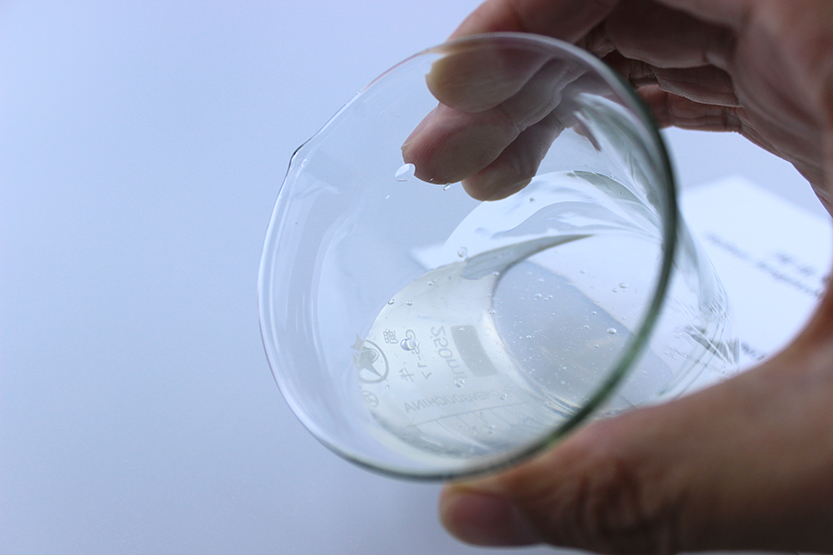
Каст . 20, 2024 02:37 Back to list
hpmc 4000
Understanding HPMC 4000 A Comprehensive Overview
Hydroxypropyl Methylcellulose (HPMC) is a widely used polymer in various industries due to its unique properties. Specifically, HPMC 4000, which refers to the molecular weight of approximately 4000 Daltons, is particularly noteworthy in pharmaceutical, food, and construction sectors. This article delves into the characteristics, applications, and benefits of HPMC 4000.
What is HPMC 4000?
HPMC is a semisynthetic polymer derived from cellulose, which is a natural polymer. The modification involves the substitution of hydroxyl groups in cellulose with hydroxypropyl and methyl groups, which enhances its solubility in water and alters its viscosity. HPMC 4000 is categorized based on its specific viscosity and molecular weight, making it suitable for diverse formulations.
The primary characteristic of HPMC 4000 is its capability to form gels upon hydration, which significantly influences its functional applications. The viscosity of HPMC 4000 solutions varies based on concentration and temperature, further enhancing its usefulness in different settings.
Applications of HPMC 4000
1. Pharmaceutical Industry In pharmaceuticals, HPMC 4000 is often used as a vehicle for drug delivery systems. It serves as a binder in tablet formulations, providing the necessary cohesiveness for the mixture. Furthermore, HPMC 4000 is utilized as a controlled-release agent, allowing for the gradual release of active pharmaceutical ingredients (APIs) over time. Its gel-forming properties are also beneficial in the production of hydrophilic matrices, which help in managing the release rate of drugs.
2. Food Industry In food formulation, HPMC 4000 acts as a thickening agent and stabilizer. It is used in numerous products, including sauces, dressings, and dairy items, to enhance texture and improve mouthfeel. Additionally, HPMC 4000 can serve as a fat replacer, providing creamy consistency in low-fat and fat-free products without compromising flavor.
hpmc 4000

3. Construction Industry HPMC 4000 is also making its mark in the construction sector as an additive in cement, tiles, and adhesives. It enhances workability and extends the open time of formulations, allowing builders and contractors to work with greater efficiency. Its water retention properties ensure adequate hydration of materials during curing, thus contributing to increased strength and durability.
Benefits of HPMC 4000
- Non-Toxic and Biocompatible One of the key advantages of HPMC 4000 is its non-toxic nature, making it safe for use in food and pharmaceutical applications. It is biocompatible, enabling its use in various health-related products without adverse effects.
- Versatile Solubility HPMC 4000 dissolves easily in cold water, creating clear solutions that are highly desirable in formulations requiring clarity and stability.
- Thermal Stability The compound exhibits thermal stability, making it suitable for high-temperature processing conditions without significant degradation.
- Controlled Release Its ability to modulate the release rate of various compounds makes HPMC 4000 invaluable in sustained-release pharmaceutical formulations.
Conclusion
HPMC 4000 plays a vital role across multiple industries, from pharmaceuticals to food and construction. Its unique properties and versatility make it an essential ingredient, significantly impacting product formulation, effectiveness, and overall quality. As industries continue to evolve, the demand for efficient and innovative materials like HPMC 4000 will likely grow, highlighting the importance of this remarkable polymer in meeting modern challenges. Whether enhancing drug delivery mechanisms or improving food textures, HPMC 4000 stands out as a key player in today’s marketplace.
-
Versatile Hpmc Uses in Different Industries
NewsJun.19,2025
-
Redispersible Powder's Role in Enhancing Durability of Construction Products
NewsJun.19,2025
-
Hydroxyethyl Cellulose Applications Driving Green Industrial Processes
NewsJun.19,2025
-
Exploring Different Redispersible Polymer Powder
NewsJun.19,2025
-
Choosing the Right Mortar Bonding Agent
NewsJun.19,2025
-
Applications and Significance of China Hpmc in Modern Industries
NewsJun.19,2025







